Reportar esta entrada
Más sobre la misma comunidad-colección
JLEP y la Asociación contra el Alzheimers
Ruby Jubilee Alzheimer's Association Alzheimers Auxiliary, ...
JLEP y la Asociación contra el Alzheimers
Ruby Jubilee Alzheimer's Association Alzheimers Auxiliary, ...
JLEP y la Asociación contra el Alzheimers
Ruby Jubilee Alzheimer's Association Alzheimers Auxiliary, ...
JLEP y la Asociación contra el Alzheimers
Ruby Jubilee Alzheimer's Association Alzheimers Auxiliary, ...
JLEP y el Festival de Insectos del Zoológico de El Paso, Campamento
Ruby Jubilee El Paso Zoo BugFest Zoo Camp, (original project ...
JLEP y el Festival de Insectos del Zoológico de El Paso, Campamento
Ruby Jubilee El Paso Zoo BugFest Zoo Camp, (original project ...
JLEP y el Festival de Insectos del Zoológico de El Paso, Campamento
Ruby Jubilee El Paso Zoo BugFest Zoo Camp, (original project ...
Video - Sun Carnival- II - 1954
Video of the Sun Carnival in the year 1954. Carnival marching up ...
Square Dancing Contest - 1939 - Video
Square Dancing in downtown, El Paso, Texas. Video of square ...
Southwest University Ball Park Groundbreaking
Southwest University Ball Park Groundbreaking in 2013. Women ...


















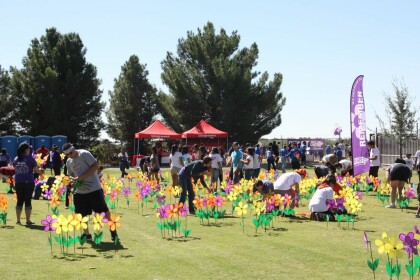
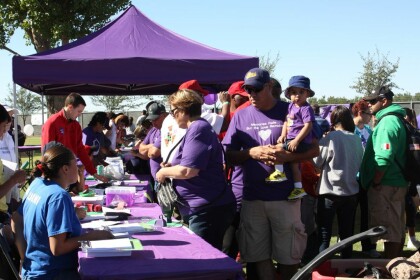
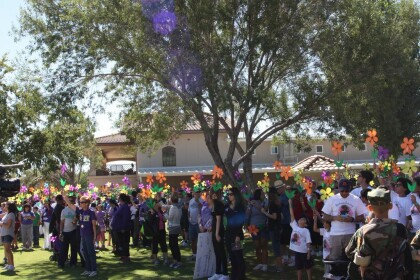

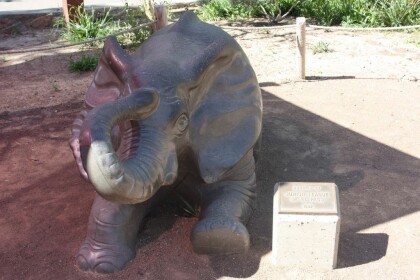
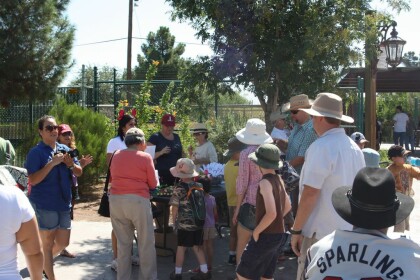
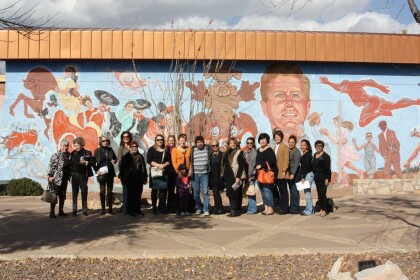
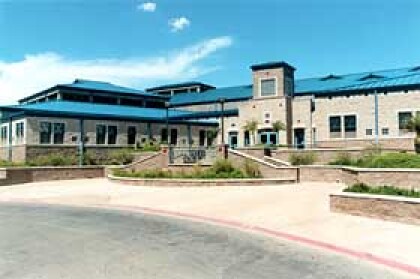
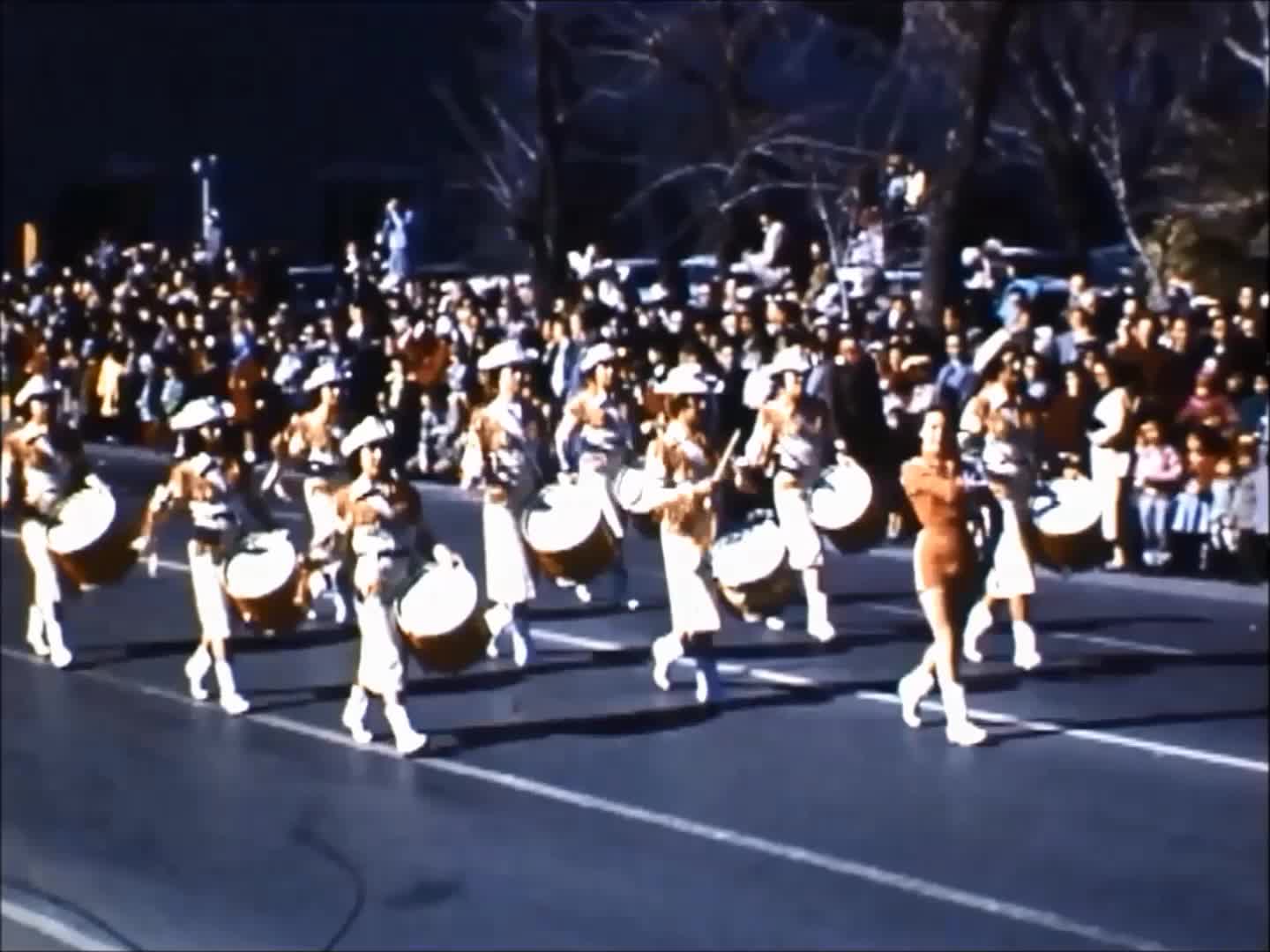
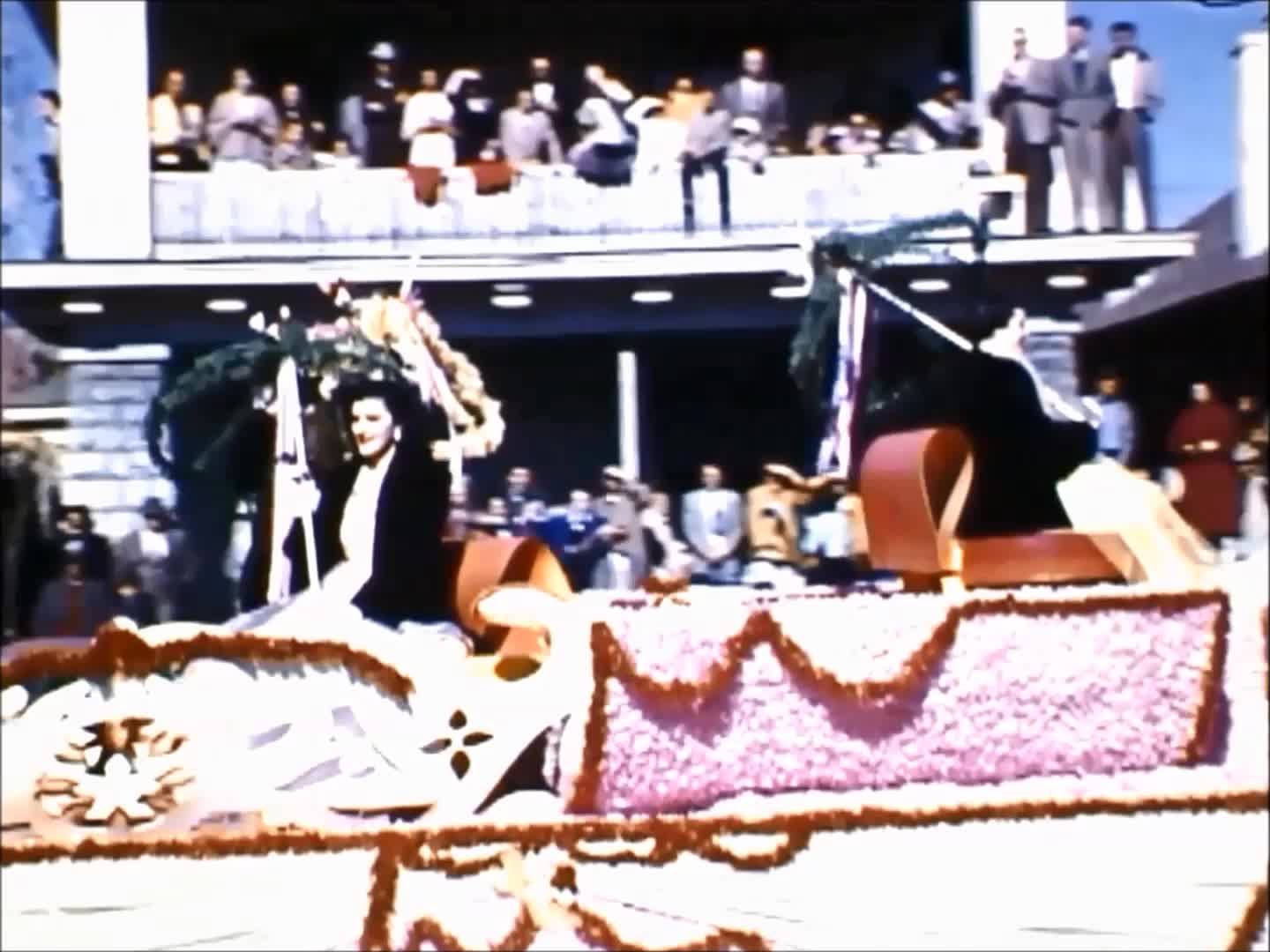
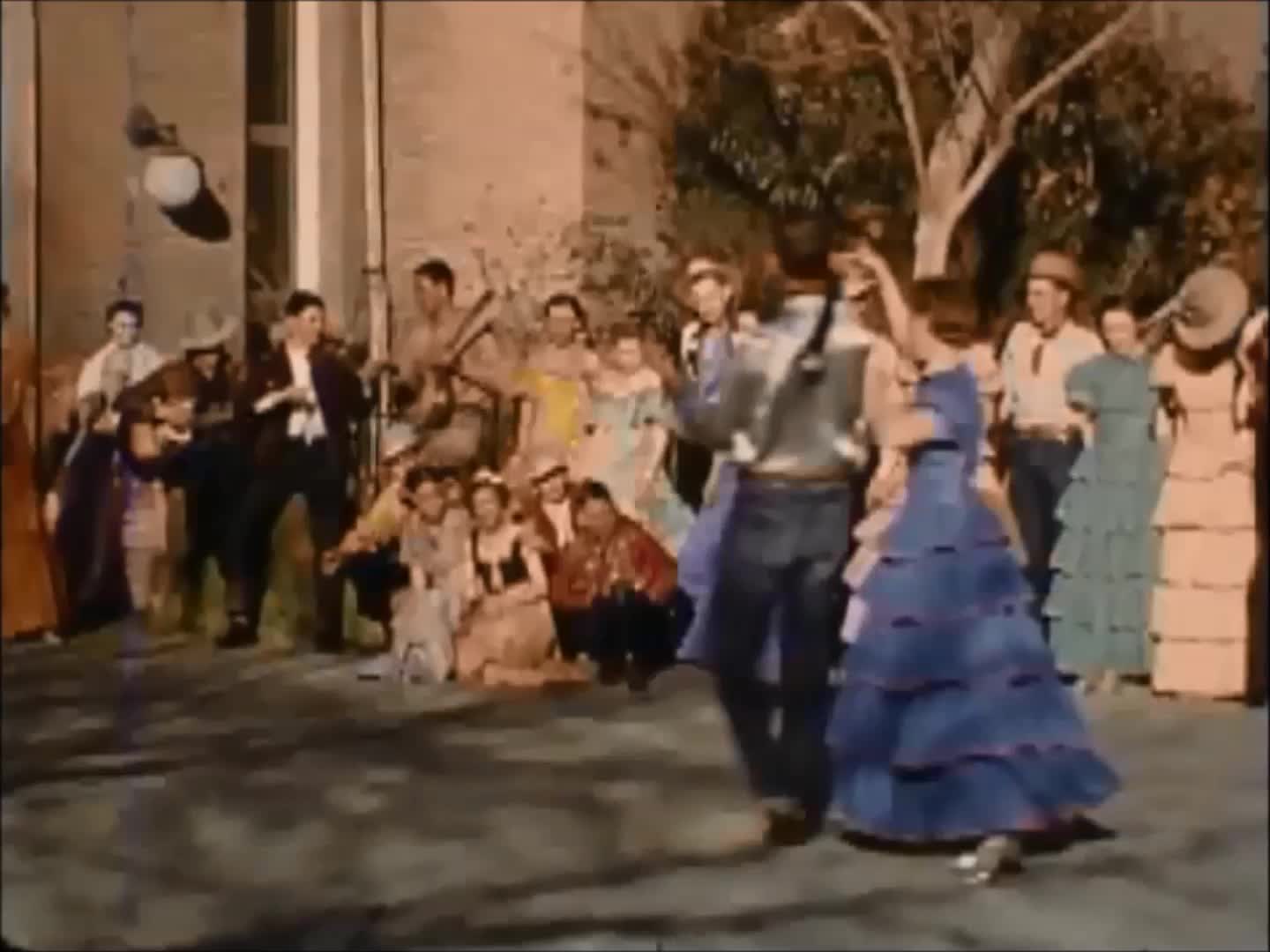
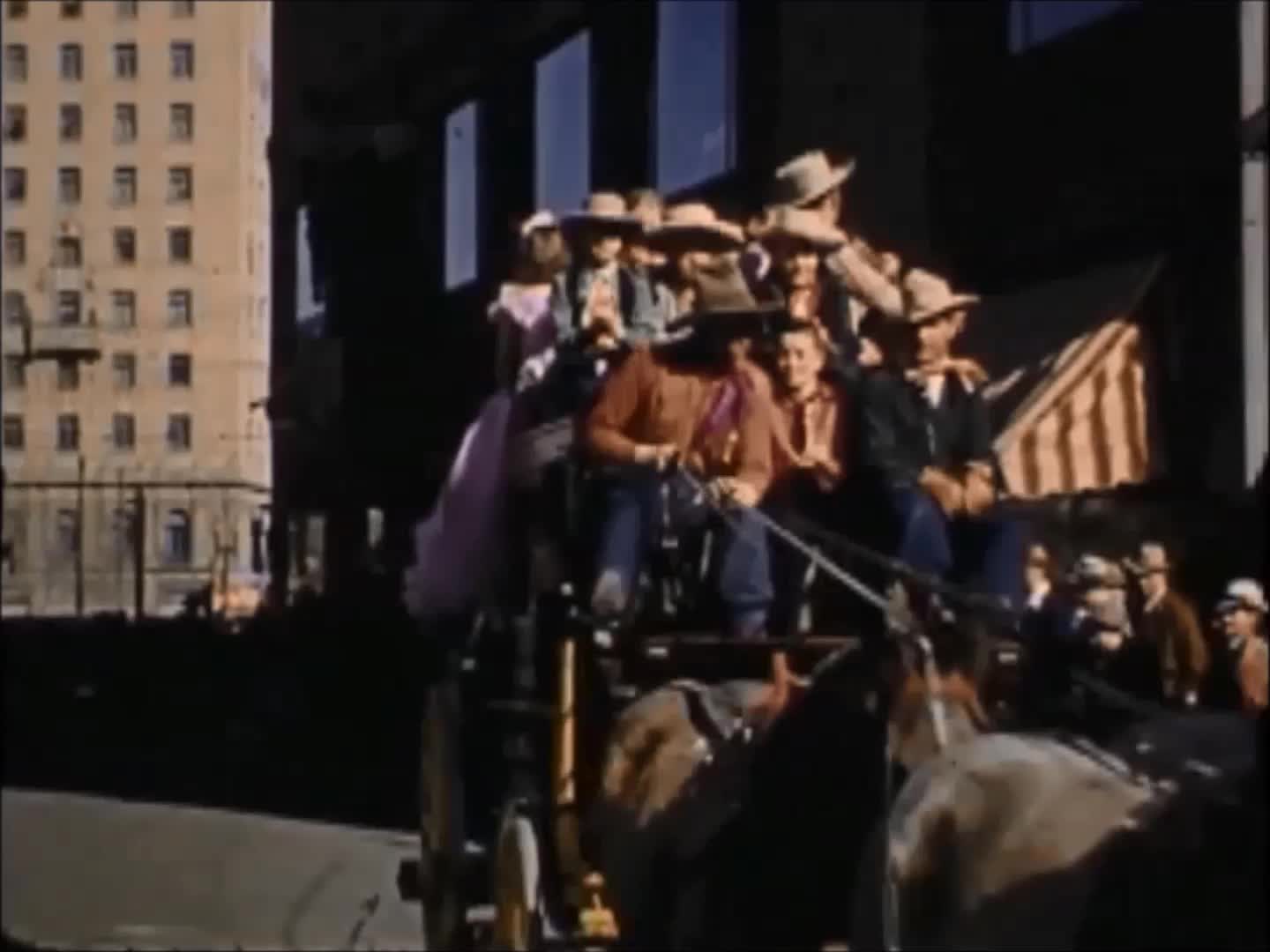
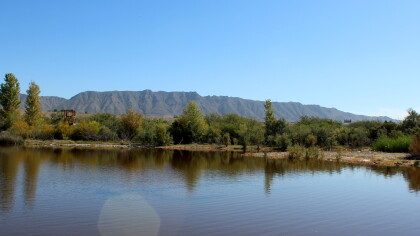


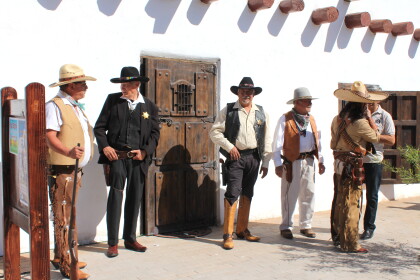
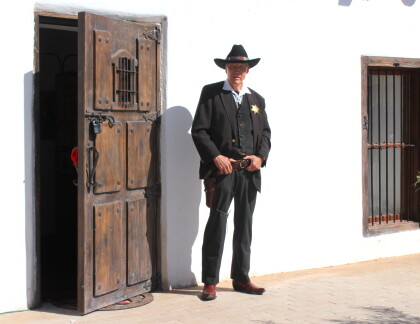
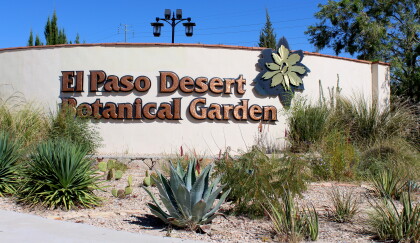
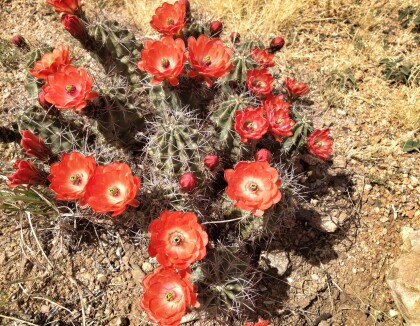
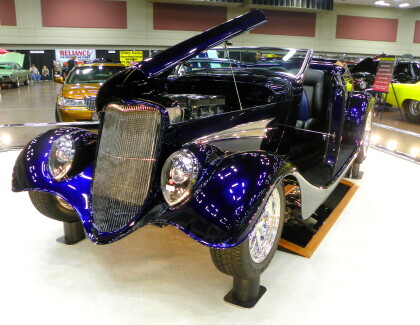


Comentarios
Hacer un comentario